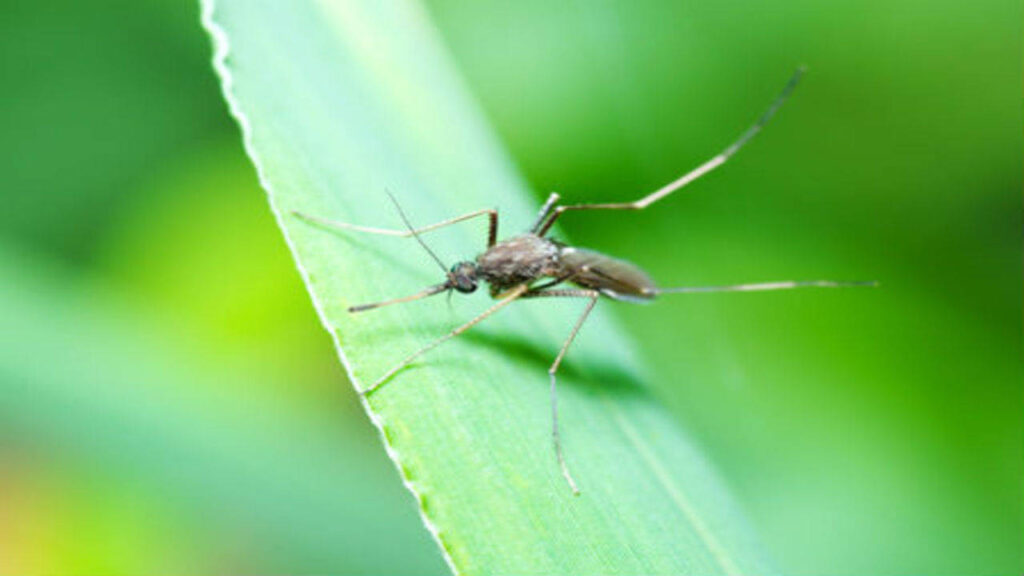Dengue fever is a dangerous disease transmitted by mosquitoes, threatening the lives of millions of people annually, mainly in the equatorial zone. This disease has been on the increase in the last few decades thus posing a major threat to the population. It is essential to know about Dengue Symptoms & Prevention to avoid this fatal disease for yourself and your loved ones. In this article, the different symptoms of the flu-like dengue disease, the ways to prevent it as well as the strategies employed by Sukino Healthcare to control this ailment are outlined.
Understanding Dengue Symptoms
Dengue fever is an infectious tropical disease that is caused by the dengue virus which is found in the tropical and subtropical regions of the world, transmitted by the Aedes mosquito, especially Aedes aegypti and Aedes albopictus- the infected females. The main times of its activity are early morning and late afternoon but on the whole, during the day these mosquitoes are most active. Dengue fever cannot be transmitted directly from one person to the other and it is not an infectious disease. But, surviving the illness, a person is a producer of the virus for mosquitoes for about a period of 4-5 days in the febrile stage.
Dengue is caused by a virus that comes in four forms or serotypes (DEN-1, DEN-2, DEN-3, and DEN-4) and this is the reason why a person can contract dengue four times in his or her lifetime. Subsequent infections are usually worse and lead to severe dengue or dengue hemorrhagic fever or dengue shock syndrome which are fatal if the cases are not managed.
Early Symptoms of Dengue Fever
It is therefore very important to identify early indications of dengue fever to avoid complications of the disease. It usually manifests 4-10 days after mosquito bite and the disease lasts for 2-7 days. Common early symptoms include:
- High Fever: The first sign of dengue fever is a sudden spiking of temperature which may reach up to 104 degrees Fahrenheit (40 degrees Celsius). The fever is fluctuous, it rises and falls but may also be combined with chills and sweating.
- Severe Headache: Another common sign of dengue fever is a severe headache, which may be localized in the temple area or retro-orbital pain. This pain can be severe and is normally associated with a headache together with a sensation like pressure being applied to the eyes.
- Joint and Muscle Pain: Dengue fever is also known as breakbone fever because when you contract it, you feel very excruciating pains in the joints and muscles. This pain is excruciating and is worse than the feeling of breaking bones in the body.
- Nausea and Vomiting: Patients often feel nauseous and vomit, which is especially damaging because it leads to dehydration and simply makes the patient feel sicker.
- Rash: The rash appears several days after the onset of fever, initially on the chest and then spreading to the limbs and face. The rash can be merely a flush or it can be more generalised and also pruritic.
These symptoms are similar to other diseases including flu or typhoid fever and thus it is advisable to consult a doctor if one has symptoms of dengue or lived in or visited a region affected by dengue fever.
Severe Dengue: Symptoms and Complications
As mentioned for most people, minor episodes of dengue fever are common and do not require medical attention, severe dengue may manifest in a subset of patients including those who have encountered different serotypes of dengue virus in the past. Severe dengue is a medical emergency and can lead to life-threatening complications, including:
- Dengue Hemorrhagic Fever (DHF): Dengue hemorrhagic fever is severe and involves bleeding from the gums, nose, or areas beneath the skin causing petechiae. DHF can also reduce the platelet count in a human being, thus increasing the development of serious cases of bleeding.
- Dengue Shock Syndrome (DSS): DSS is a result of a serious disintegration of the blood vessels and the consequent development of a very low blood pressure that results in shock. Some of the symptoms associated with DSS are sharp stomach ache, continuous vomiting, difficulty in breathing, and; irritation. DSS if not treated early may be fatal.
- Organ Failure: The complications of severe dengue lead to organ impairment involving the liver, heart, and lungs resulting in organ failure. This we find is prevalent in patients with pre-existing conditions or those who present themselves late to the hospital.
The symptoms of severe dengue develop sometime after the fever has dropped – hence it is important to observe the patient even if they seem to be getting better. Some of the symptoms that should raise the suspicion of severe dengue are; sharp abdominal pain, persistent vomiting, bleeding from the nose or gums, breathing difficulty, and fever dropping suddenly. Any of these symptoms if experienced requires the person to seek medical treatment as soon as possible.
Prevention: Protecting Yourself from Dengue
The most effective strategy for controlling dengue fever is prevention since there is no direct cure for it. There are two areas, which are very important and play central roles in the prevention of malaria: not getting bitten by the mosquito and getting rid of the mosquito in your vicinity. Here are some essential prevention strategies:
- Eliminate Breeding Sites: Aedes mosquitoes breed in standing water; therefore, it is necessary to eliminate any breeding sites in the vicinity of your home. This involves removing and washing water storage receptacles, sealing water tanks, and eliminating tyres or any other receptacles that may harbour water.
- Use Mosquito Repellents: The use of repellents containing DEET, picaridin, or oil of lemon eucalyptus on exposed parts of the skin can assist in warding off mosquitoes. Protective creams or repellents should be reapplied as instructed on the label of the product especially after one has been sweating or swimming.
- Wear Protective Clothing: As much as skin is exposed, it becomes easier for mosquitoes to bite; therefore, putting on full sleeves, full-length trousers, socks, and shoes may help minimize the exposed area. It is also advisable to wear light clothes, especially because mosquitoes are drawn to dark-coloured garments.
- Use Mosquito Nets and Screens: The use of mosquito nets, especially when you cannot afford air conditioners or close your windows can prevent you from being bitten at night. Other means of preventing mosquito entry into homes include the use of screens on windows and doors.
- Community Efforts: Dengue control cannot be undertaken by an individual but rather calls for a concerted effort of everyone in the community. Source reduction and elimination of mosquito breeding places, frequent fogging or spraying of houses, and public awareness can help check the spread of dengue.
The Role of Healthcare Providers in Dengue Management
Dengue fever is another disease that is fought by healthcare providers including Sukino Healthcare so that the complications of the disease are not experienced. To lessen the severity of the disease and improve the prognosis of the patient, diagnosis and treatment should occur as early as possible. Here’s how healthcare providers can help:
- Early Diagnosis: Early detection of dengue fever through clinical assessment and laboratory testing is crucial for effective management. Healthcare providers can perform blood tests to detect the presence of the dengue virus or antibodies, which can confirm the diagnosis.
- Supportive Care: There is no specific treatment for dengue fever, so supportive care is the mainstay of treatment. This includes maintaining adequate fluid intake to prevent dehydration, using pain relievers such as acetaminophen to reduce fever and pain, and monitoring for signs of severe dengue.
- Monitoring and Management of Complications: For patients with severe dengue, close monitoring in a healthcare setting is necessary to manage complications such as bleeding, shock, and organ failure. Healthcare providers can administer intravenous fluids, blood transfusions, and other supportive measures as needed.
- Patient Education: Educating patients and their families about the symptoms of dengue, the importance of early medical attention, and prevention strategies is a critical component of dengue management. Healthcare providers can also guide on how to care for someone with dengue at home and when to seek emergency care.
- Public Health Initiatives: Healthcare providers can collaborate with public health authorities to implement dengue surveillance programs, community education campaigns, and vector control measures. These initiatives can help reduce the spread of dengue and protect the community.
Conclusion
Dengue fever is a severe and self-financing disease that requires an immediate diagnostic approach, management and prevention. Echoing this, Knowledge of signs of Dengue and ways of preventing it remains vital in protecting you and your family. If you know what the preliminary signs are, when to get tested and treated, and how to protect yourself from mosquitoes you can swim confidently through the dengue fever waters. Hospitals and health care centres such as Sukino Healthcare, fortunately, offer full assistance to patients suffering from dengue and do everything possible for their recovery.
Dengue is not an isolated illness, it affects the community and thus needs to be solved as an issue affecting this community. For this reason, working together in the campaign to rid the environment of these breeding places, creating awareness and supporting the victims of dengue fever will go a long way in reducing the effects of the disease on the next generations. The best prevention measure that should be taken is remaining alert and informed to reduce the chances of coming in contact with the virus.
We are India’s first comprehensive continuum care provider. We provide multidisciplinary out of hospital care to acute and post-acute and chronically ill patients at our critical care facilities and your home.


